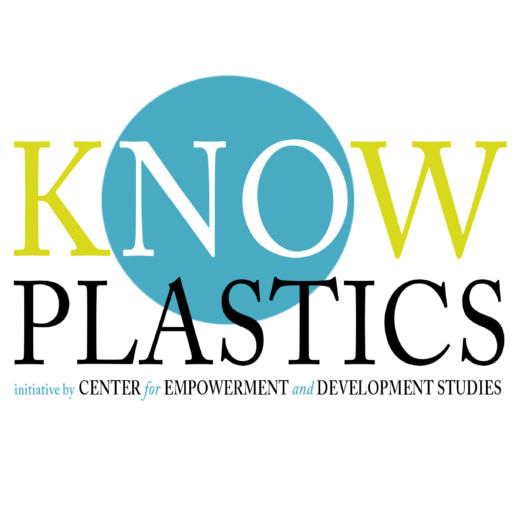As plastic pollution continues to be a critical environmental issue, creative campaigns are essential for raising awareness and inspiring action. Engaging and innovative campaigns can capture public attention, convey important messages, and motivate individuals and communities to reduce their plastic footprint. Here are some creative campaign ideas that have proven effective in raising plastic awareness:
1. Visual Storytelling through Art Installations
Art installations can be powerful tools for communicating the impact of plastic pollution. Artists can create sculptures, murals, or temporary installations using recycled materials and plastic waste to visually depict the problem. For example, a giant whale made from plastic bottles can serve as a striking reminder of how plastic impacts marine life. These installations can spark conversations and encourage viewers to reflect on their plastic use.
2. Social Media Challenges and Hashtags
Social media challenges encourage individuals to share their commitment to reducing plastic waste. Campaigns like #PlasticFreeChallenge invite participants to go without single-use plastics for a designated period and share their experiences online. Using engaging hashtags helps create a sense of community, allowing participants to connect and inspire others to join the movement.
3. Interactive Workshops and Events
Hosting interactive workshops and events can educate individuals about the importance of reducing plastic waste while providing practical solutions. Activities such as DIY reusable bag-making, upcycling workshops, and zero-waste cooking classes can engage participants in hands-on learning. By equipping individuals with skills and knowledge, these events empower them to make sustainable choices in their daily lives.
4. Documentary Screenings and Discussions
Screening documentaries that highlight the plastic crisis can be an effective way to educate and engage audiences. Following the screening with a discussion or Q&A session allows participants to share their thoughts and concerns. Films like “A Plastic Ocean” and “The Story of Plastic” raise awareness about the consequences of plastic pollution and inspire viewers to take action.
5. Community Clean-Up and Awareness Events
Combining clean-up activities with awareness campaigns can maximize impact. Organizing community clean-up events while providing educational materials about plastic waste can inform participants about the issue firsthand. Offering incentives, such as prizes for the most litter collected or refreshments for volunteers, can boost participation and engagement.
6. Collaborations with Influencers and Celebrities
Partnering with influencers, celebrities, or local figures can significantly amplify the reach of plastic awareness campaigns. These individuals can share their commitment to reducing plastic waste with their followers, drawing attention to the issue and inspiring their audience to take action. Campaigns can include personal stories, challenges, or tips for living sustainably.
7. Pop-Up Educational Experiences
Creating pop-up installations or events in high-traffic areas can capture the attention of the public. These experiences could include interactive exhibits that showcase the impact of plastic pollution on marine life or virtual reality experiences that simulate the effects of plastic waste on the environment. By engaging people in a memorable way, these campaigns can leave a lasting impression.
8. Engaging Infographics and Educational Content
Infographics are effective for conveying complex information in a visually appealing way. Campaigns can create and share infographics that highlight statistics about plastic production, waste, and its impact on the environment. Educational content can be distributed through social media, community centers, and schools to raise awareness and provide actionable steps for reducing plastic use.
9. Plastic-Free Pledge Campaigns
Encouraging individuals to take a plastic-free pledge can create a sense of commitment and accountability. Campaigns can invite people to sign a pledge to reduce their plastic consumption, with clear goals and guidelines for achieving this. Providing resources, tips, and support can help individuals stay motivated and inspired to follow through on their commitment.
10. Art and Photography Competitions
Hosting art or photography competitions focused on plastic pollution can engage creative individuals in raising awareness. Participants can submit artwork or photos that depict the impact of plastic waste, with winning entries displayed in public spaces or online. This approach not only raises awareness but also allows artists to contribute to the conversation on plastic pollution.
Conclusion
Creative campaigns for plastic awareness are essential for capturing attention, inspiring action, and fostering a culture of sustainability. By employing innovative approaches such as art installations, social media challenges, workshops, and community events, organizations and individuals can engage diverse audiences and drive meaningful change. As awareness of plastic pollution grows, these creative initiatives can empower people to take action, reduce their plastic footprint, and advocate for a cleaner, healthier planet.


